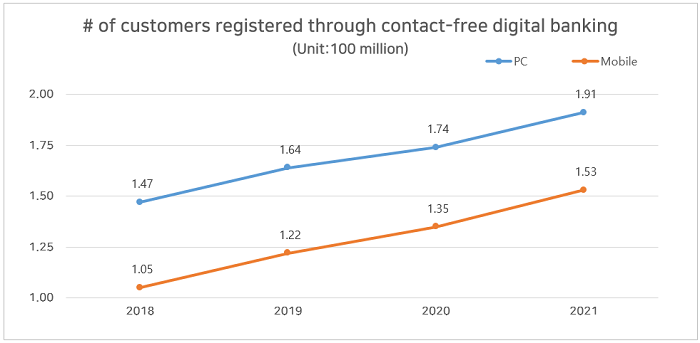loading...
 2022 Digital Finance Supervisory Direction (Mar. ’22, FSS)
2022 Digital Finance Supervisory Direction (Mar. ’22, FSS)
Related Articles
 2022 Digital Finance Supervisory Direction (Mar. ’22, FSS)
2022 Digital Finance Supervisory Direction (Mar. ’22, FSS)